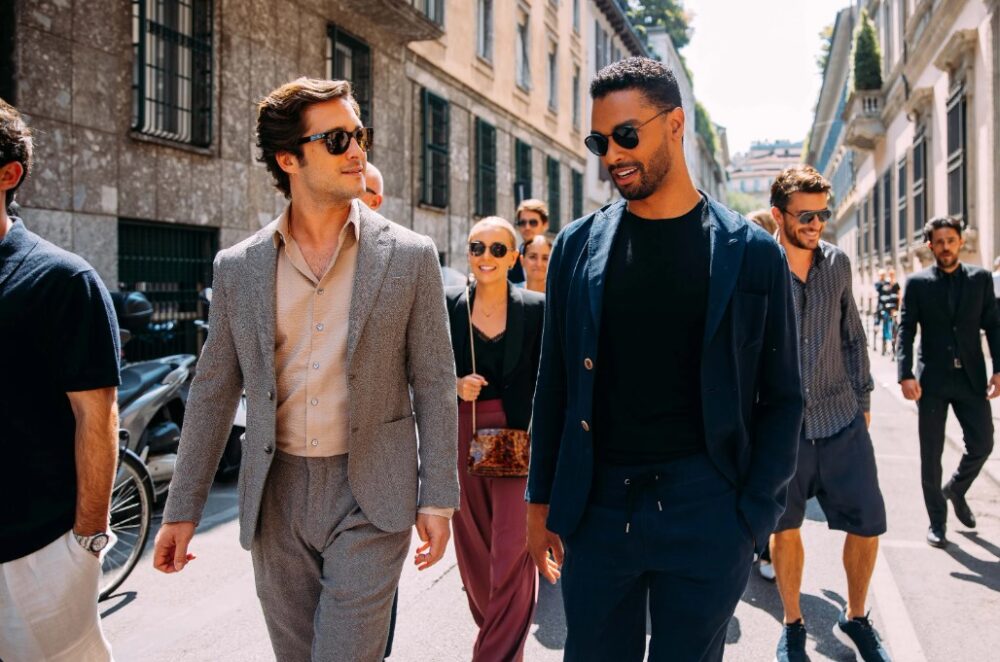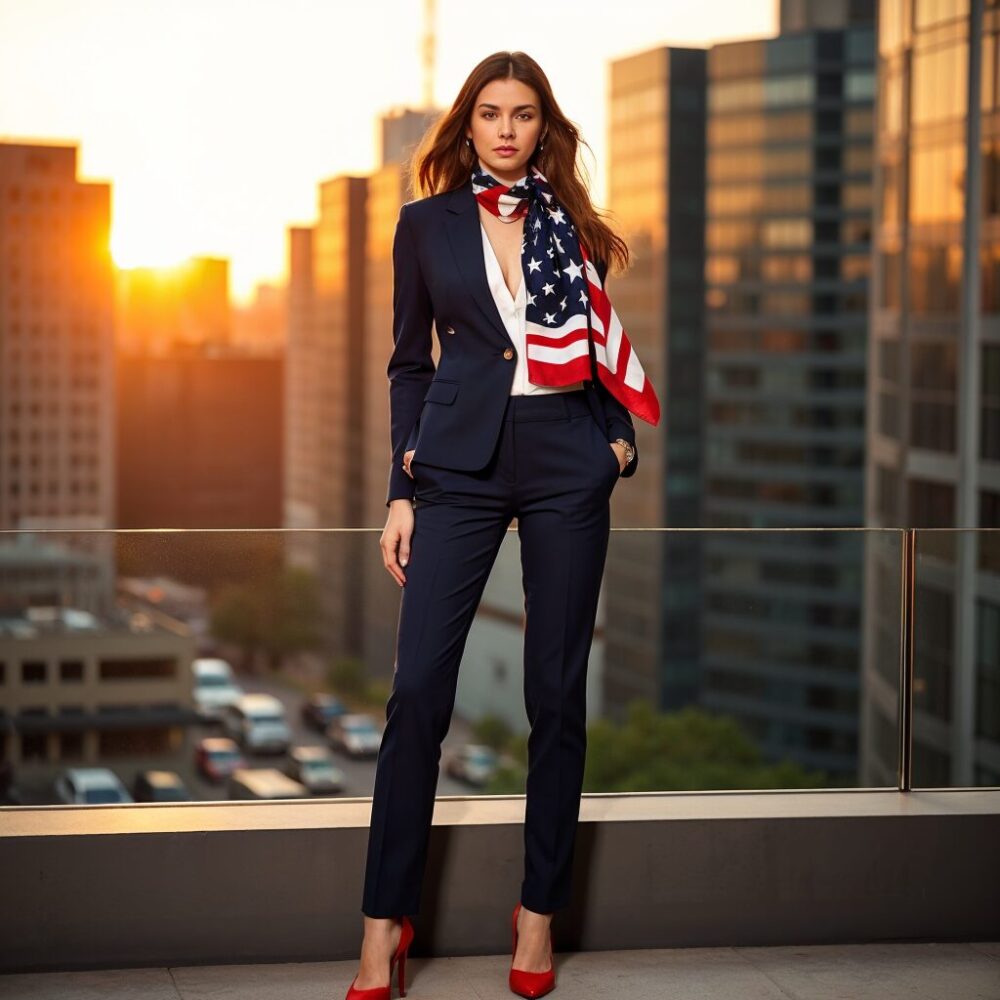Men’s underwear has evolved significantly over the centuries, driven by various cultural shifts that have influenced fashion, technology, and societal norms.
From the practical loincloths of ancient civilizations to the diverse and stylish options available today, men’s underwear choices reflect broader changes in culture and attitudes. You can check out some modern and attractive options at EnvyMensWear.
Here’s a look at how cultural shifts have shaped men’s underwear choices over time.
Ancient Beginnings: Practicality and Modesty
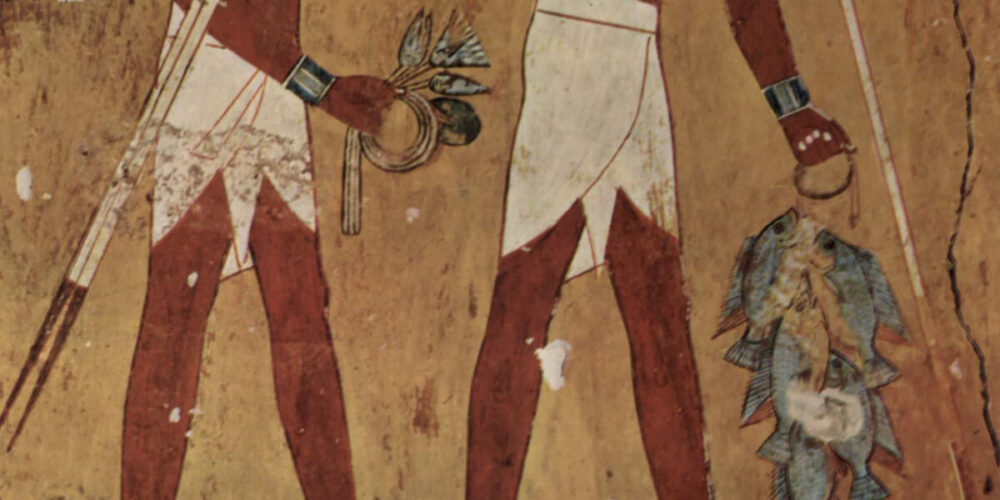
In ancient times, men’s underwear was primarily about practicality and modesty. In ancient Egypt and Mesopotamia, loincloths made from linen or other natural fibers were the norm. These simple garments offered basic protection and were easy to make. Cultural norms of modesty dictated the need for such coverings, but there was little emphasis on style or self-expression.
The Middle Ages: Functionality Over Fashion
During the Middle Ages, men’s underwear continued to prioritize functionality. The braies, a type of loose-fitting trouser, became the standard undergarment in Europe. Made from materials like linen and wool, braies were practical and served as a necessary layer beneath outer garments. Cultural shifts during this period were more focused on survival and practicality, with little regard for fashion in underwear.
The Renaissance and Enlightenment: Emergence of Elegance
The Renaissance brought about a cultural shift towards refinement and elegance. Men’s fashion began to reflect broader societal changes, with an increased emphasis on appearance and sophistication. Underwear became more tailored and fitted, mirroring the more elaborate outer garments of the time. The codpiece, for example, not only served a practical purpose but also became a symbol of status and virility.
The Industrial Revolution: Innovation and Accessibility
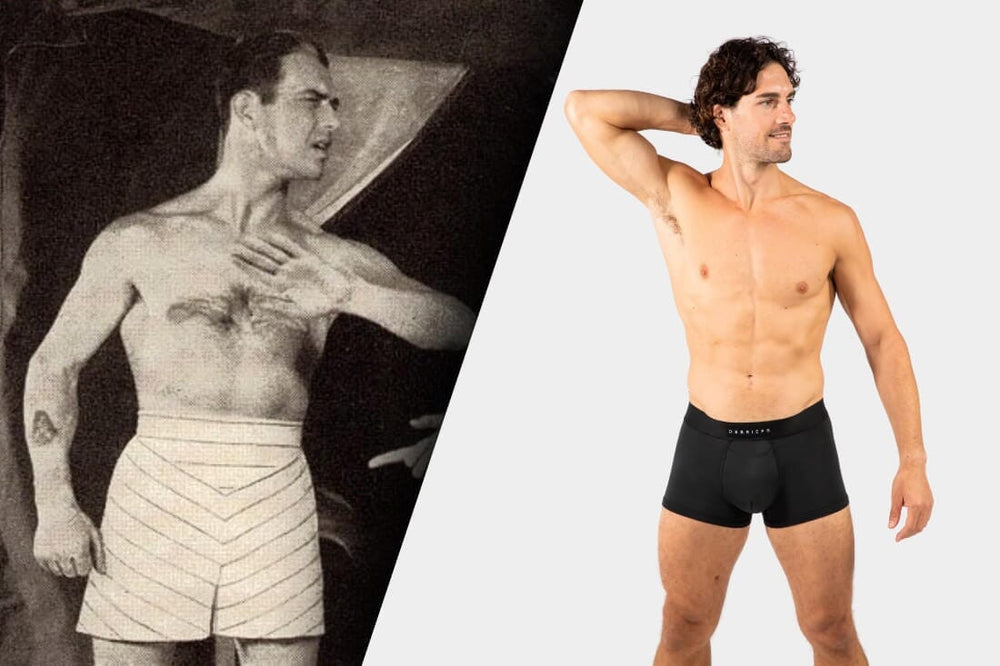
The Industrial Revolution marked a significant cultural shift, bringing advancements in textile manufacturing and making clothing more accessible. The development of new fabrics and the invention of elastic waistbands in the late 19th century revolutionized men’s underwear. Union suits, and later, briefs, became popular, providing more comfort and support. This period also saw the beginnings of branding and marketing in fashion, setting the stage for the underwear industry to grow.
The 20th Century: From Utility to Fashion Statement
The 20th century witnessed dramatic cultural shifts that significantly influenced men’s underwear choices. Post-World War II, the rise of consumer culture and the influence of Hollywood brought about new standards of masculinity and attractiveness. Underwear became a fashion statement rather than just a utilitarian garment.
- 1950s-1960s: The post-war era saw the introduction of more stylish and comfortable options, such as boxer briefs. Advertisements began to feature athletic and attractive models, linking underwear with ideals of health and fitness.
- 1970s-1980s: This period saw the emergence of designer underwear. Brands like Calvin Klein revolutionized men’s underwear with bold marketing campaigns that emphasized sex appeal. The introduction of new fabrics like Lycra also enhanced comfort and fit.
- 1990s-2000s: The focus shifted towards diversity in styles and the rise of metrosexuality. Men began to embrace a wider variety of underwear, including thongs, trunks, and jockstraps. Fashion magazines and media further popularized the idea of stylish and sexy men’s underwear.
The 21st Century: Inclusivity and Self-Expression
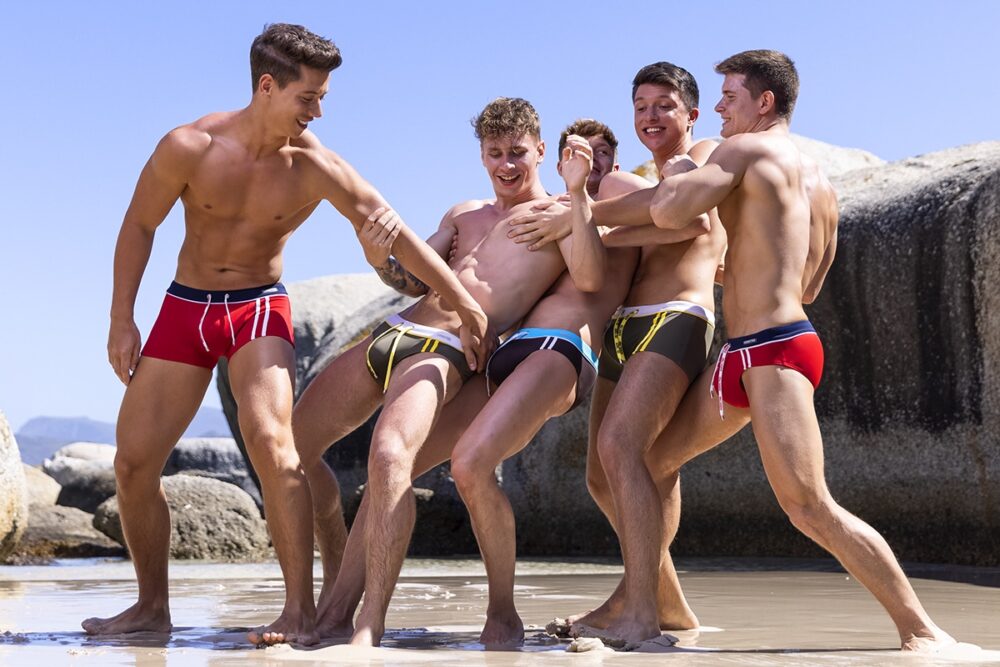
The current century has brought about significant cultural shifts towards inclusivity, body positivity, and self-expression. These changes have had a profound impact on men’s underwear choices.
- Diversity and Representation: Today’s fashion industry increasingly celebrates diversity. Men’s underwear brands are featuring models of different body types, ages, and ethnicities, breaking away from the traditional norms of male attractiveness. This inclusivity helps men of all backgrounds feel represented and confident in their choices.
- Sustainability: The growing awareness of environmental issues has led to a demand for sustainable underwear. Brands are now offering eco-friendly options made from organic cotton, bamboo, and recycled materials. This shift reflects broader cultural values towards sustainability and ethical consumption.
- Customization and Personalization: Modern technology allows for greater customization and personalization of underwear. Men can now choose from a wide range of styles, colors, and fits that cater to their personal preferences. This trend towards individualism reflects the broader cultural shift towards self-expression and authenticity.
Conclusion
Cultural shifts have played a crucial role in shaping men’s underwear choices over time. From ancient practicality to modern self-expression, each era has brought new influences and innovations. Today, men’s underwear reflects a complex interplay of fashion, technology, and cultural values, offering more options and opportunities for self-expression than ever before. As society continues to evolve, so too will the world of men’s underwear, adapting to new trends and cultural dynamics.



